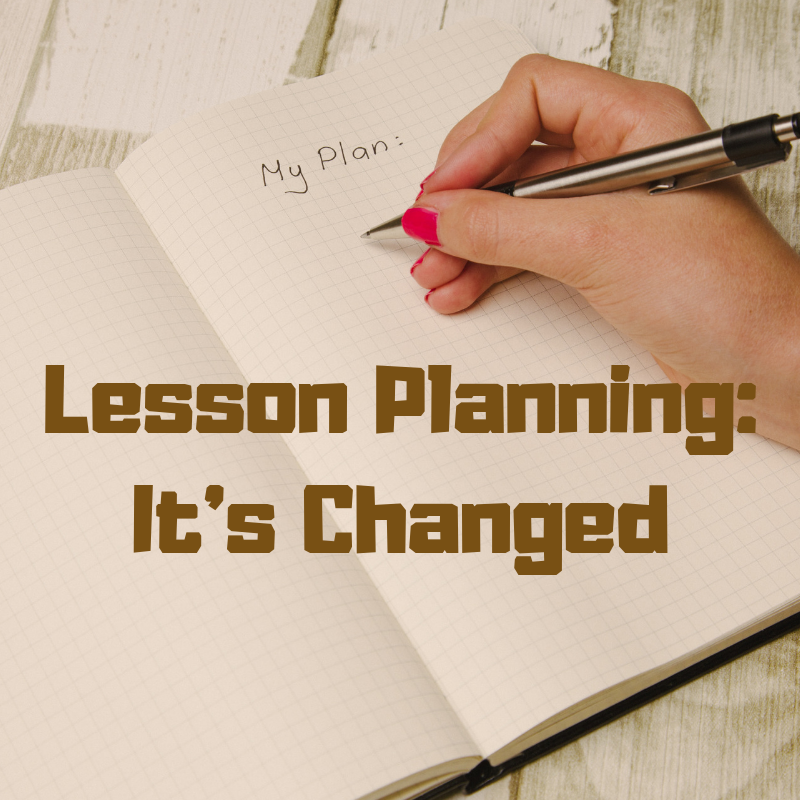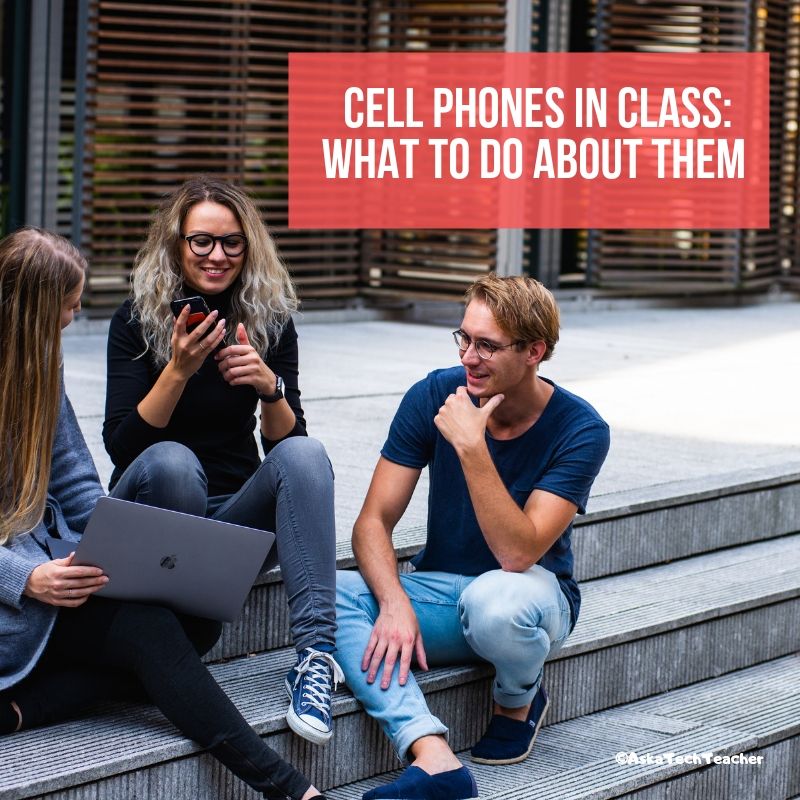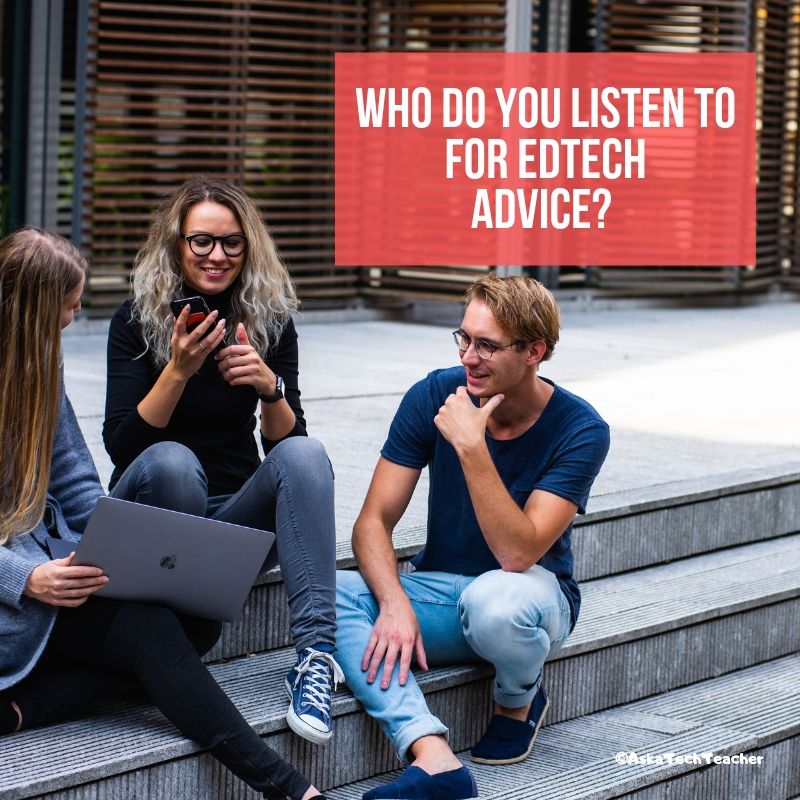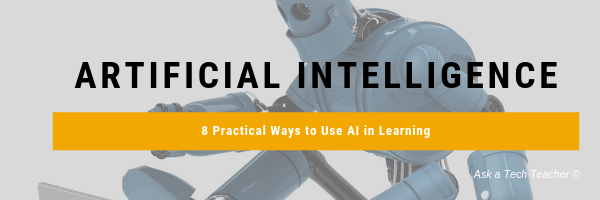Year: 2019
What’s Changed in Lesson Planning
 Technology and the connected world put a fork in the old model of teaching–instructor in front of the class, sage on the stage, students madly taking notes, textbooks opened, homework as worksheets, and tests regurgitating facts.
Technology and the connected world put a fork in the old model of teaching–instructor in front of the class, sage on the stage, students madly taking notes, textbooks opened, homework as worksheets, and tests regurgitating facts.
Did I miss anything?
This model is outdated not because it didn’t work (many statistics show students ranked higher on global testing years ago than they do now), but because the world changed. Our classrooms are more diverse. Students are digital natives, in the habit of learning via technology. The ‘college or career’ students are preparing for isn’t that of their mothers.
What is slow to adjust is the venerable lesson plan. When I first wrote these teaching maps, they concentrated on aligning with standards and ticking off required skills. Now, with a clear-eyed focus on where students need to be before graduation, they must build on the habits of mind that allow success not only in school but life.
Here are seventeen concepts you may not think about—but should–as you prepare lesson plans:
Share this:
What’s all the buzz about Messenger Kids?
When preteen kids see parents and older siblings thumbing away at social media accounts, they want to do it. They don’t understand when told they are too young. There have been a few efforts to extend social communication tools to younger kids but mostly, kids don’t like them so end up on apps designed for teens or adults, like Snapchat or Instagram.
Until the iconic Facebook platform came up with what they call Messenger Kids.
What is Messenger Kids
Messenger Kids is a free video calling and messaging app designed for kids under thirteen to connect with others from their tablet or smartphone. These are the kids who love digitally chatting on parent cellphones (or other digital devices) but aren’t old enough for the nuances and maturity required of popular 13+ messaging platforms. Messenger Kids provides them with a safe, free environment to chat with friends who have moved away, stay in touch with family who doesn’t live nearby, and get questions answered by parents they aren’t with at the moment.
Here’s what it’s not. First and foremost:
Messenger Kids is not a social media app. It is a messaging app.
Here’s a peak into the app:
Share this:
Tech Tools for PE Teachers
 Technology is a natural education fit in everything from math to Spanish to literacy. The one corner of K-12 learning that is not so obvious is PE — Physical Education. In that class, we think of physical stuff — not digital — like running and exercising.
Technology is a natural education fit in everything from math to Spanish to literacy. The one corner of K-12 learning that is not so obvious is PE — Physical Education. In that class, we think of physical stuff — not digital — like running and exercising.
But kids love technology’s apps and software. Is there a way to use these to encourage physical fitness? After all, the tie-in between physical conditioning and learning is well-accepted. Here’s what the NY Times reports:
Better fitness proved to be linked to significantly higher achievement scores — a 2013 study reported in PubMed.org.
But, how can teachers use the technology students love to encourage physical education? Here are my favorite websites and apps:
iOS, Android
Freemium
This is a stunningly visual app that takes students right into the human body via virtual reality. Viewers travel down the gastrointestinal tract, the small intestine, the circulatory system, and three other systems. With 360-degree navigation, it is fully interactive, including even tags for important parts. Students can stop and observe while exploring the hotspots. Watch this video—you really won’t believe it.
Share this:
Smartphones in the classroom
In my summer digital citizenship classes, the biggest question I get is how to control student cell phone usage. Luckily, Ask a Tech Teacher contributor, Andrew Carroll, former High School teacher, has a great analysis of the problem and discussion of solutions below:
How to control smartphone usage in classroom?
Shoulders slouched and eyes down—you guessed it right! It’s a smartphone that your students are using.
Digital devices, especially smartphones and tablets, have become an appendage for schools. In the presence of a smartphone, children don’t pay attention to the lesson being taught. Instead, they would rather stick their heads into their smartphones and stay glued to social media or texting their friends.
But it is not their fault. In a time where digital devices are ever-present, it is difficult for kids to not be influenced by them. Smartphone are making it impossible for our children to focus on anything else, least of all their studies. And it has adverse effects on their health as well. We are all aware of the negative impacts of smartphones. It is known for causing depression and anxiety among adults and children alike. Owning a smartphone may make students prone to cyberbullies, which can bring its own trauma.
In a classroom, on average, children check on their phones 11 times a day. Distractions from cell phone cause students to get behind lessons and ultimately get poor grades. Text messaging between students, in a classroom, disturbs the atmosphere. Like a ripple effect, one student using a cell phone disturbs other students as well. This leads to inattentiveness and lack of class participation. Hence, some students are left way behind than others.
Share this:
11 Bits of Wisdom I Learned From a Computer
As a teacher-author who relies on technology to bring my dreams to life, even I am surprised by how often technology can be applied to life. I share these humorous gems with efriends, post them on forums, and incorporate them into conversations with colleagues. My goal is to demystify technology, a topic that remains for many confusing and intimidating. If fellow writers learn to approach it light-heartedly, they’ll be more likely to accept it. Here are eleven tech terms I find myself applying daily to many of life’s quirks:
#1: Your short-term memory experienced a denial of service attack
A Denial of Service — a DoS – is defined as: “…an interruption in an authorized user’s access to a computer network…” If I’m the “authorized user” and my brain is the “computer network”, this happens to me often. Laypeople call it a “brain freeze” and it is characterized as an event, a name, or an appointment that should be remembered but isn’t. I simply explain to the class full of curious upturned faces (or colleagues at a staff meeting) that I am experiencing a DoS and ask that they please stand by. (more…)
Share this:
Using Technology To Teach Kids About Troubleshooting Vehicle Problems
This is not a topic I’ve thought much about. I have a nice collection of driver’s ed websites and videos for high school students so really should have considered this essential skill. Thanks to Jane Sandwood, Ask a Tech Teacher contributor, for coming up with this article.
 U.S. adults consistently perform worse in digital problem solving compared to their counterparts in other nations, according to a report from the National Center for Education Statistics. This nature of affairs is possibly, in part, due to the limited emphasis on teaching problem-solving skills in school. Our lives are inextricably intertwined with cars, and at some point, our kids have to be introduced to concepts of operating and maintaining them. Not all children will grow up to become mechanics, but most of them will likely need to drive a car. Teaching them basic concepts about car maintenance will not only help satisfy their curiosity, but can also help them in the future when they are encountering problems with their cars. Tech tools have simplified the process of diagnosing car problems to the extent that children can be taught this essential aspect of car maintenance.
U.S. adults consistently perform worse in digital problem solving compared to their counterparts in other nations, according to a report from the National Center for Education Statistics. This nature of affairs is possibly, in part, due to the limited emphasis on teaching problem-solving skills in school. Our lives are inextricably intertwined with cars, and at some point, our kids have to be introduced to concepts of operating and maintaining them. Not all children will grow up to become mechanics, but most of them will likely need to drive a car. Teaching them basic concepts about car maintenance will not only help satisfy their curiosity, but can also help them in the future when they are encountering problems with their cars. Tech tools have simplified the process of diagnosing car problems to the extent that children can be taught this essential aspect of car maintenance.
Start With The Basics
Because car maintenance is not on the curricula for most schools, a car diagnostics project can best be handled as homework, after-school program, or as part of evening/weekend classes. The goal is to help them to improve their problem-solving skills. Before using technology tools to diagnose car problems, it is only fair to teach the child how the different parts of the car work. A demonstration of the location of the engine, battery, breaks, gearbox, and other essential car parts may be a good way to get things started. Then you can explain how the different car parts work together and throw in a lesson on basic car maintenance. This can include demonstrations on how to change car tires and how to replace car fluids like engine oil, radiator coolant, windscreen solutions, and brake fluid.
General Car Diagnostics
The child can now be introduced to the principles of identifying the cause of car problems. To help the child to remember the concepts, it might be useful to state generalized formulas for possible causes for common car problems. For example, you may explain that a car failing to start may indicate a problem with the battery, spark plugs, or the car fuel system. A burning rubber smell may signal a problem with the brakes, oil leak, or an electrical fault. Then, depending on the child’s age and cognitive abilities, you may delve deeper into the peculiar characteristics of each problem.
Share this:
10 Books You’ll Want to Read This Summer
 Summer is a great time to reset your personal pedagogy to an education-friendly mindset and catch up on what’s been changing in the ed world while you were teaching
Summer is a great time to reset your personal pedagogy to an education-friendly mindset and catch up on what’s been changing in the ed world while you were teaching eight ten hours a day. My Twitter friends, folks like @mrhowardedu and @Coachadamspe, gave me great suggestions on books to read that I want to share with you but first:
A comment on the selections: I did get more suggestions than I could possibly list so I focused on books that were positive and uplifting rather than dark and foreboding. Yes, there is a lot wrong with education around the world but I wanted a selection of books that would send me — and you — back to teaching in the fall with a can-do attitude for how to accomplish miracles with your next class of students.
Having said that, here’s a granular list of teacher-approved books to keep you busy this summer:
Digital Leadership: Changing Paradigms for Changing Times
by Eric C. Sheninger
Digital Leadership defines a strategic mindset and set of behaviors that leverage resources to create a meaningful, transparent, and engaging school culture. It takes into account recent changes such as connectivity, open-source technology, mobile devices, and personalization of learning to dramatically shift how schools have been run for over a century.
Disrupting Class: How Disruptive Innovation Will Change the Way the World Learns
by Clayton M. Christensen
Selected as one of Business Week’s Best Books on Innovation in 2008, Disrupting Class is filled with fascinating case studies, scientific findings, and insights into how managed innovation can unleash education. As important today as it was a decade ago, Disrupting Class will open your eyes to new possibilities and evolve your thinking. For more detail, read my review, Disrupting Class.
Share this:
Looking for Trusted Advisers? Look No Further
Summer is the push-pull of regeneration and rejuvenation: Should I spend my summer weeks learning my craft or relaxing? Me, I have no regular winner but the more convenient learning is, the more likely I’ll squeeze a goodly quantity of learning into my vacation that serves me in the long run. Where years ago, that used to be attending a conference at an out-of-town hotel that required traveling expenses, now, I’m more likely to pick online classes. In fact, I’ve talked about these choices in other posts. Today, I want to talk about podcasts, webinars, and screencasts of knowledgeable educators who quickly can become your trusted advisors on a wide variety of education topics.
Here are my favorites:
 Alice Keeler
Alice Keeler
Blog: Teacher Tech with Alice Keeler
Books: Get Started with Google Classroom, Ditch That Homework, and more
Training: Go Slow Online Workshops, CoffeeEdu, and more
Social Media: @alicekeeler, YouTube
Alice Keeler is a Google Certified Teacher, New Media Consortium K12 Ambassador, Microsoft Innovative Educator and LEC Admin & Online and Blended certified. Professor of Curriculum, Instruction and Technology at California State University Fresno and Teacher on Special Assignment at ACEL Charter High school. She has developed and taught online K12 courses as well as the Innovative Educator Advanced Studies Certificate (cue.org/ieasc). Her goal: to inspire and help teachers to try something new. With a boatload of accolades, certifications, and followers, she is often a keynote or presenter at ISTE and CUE conferences and is the number one choice for those interested in anything Google.
Share this:
8 Practical Ways to Use AI in Learning
Every year, education finds new ways to make learning more inclusive and diversified. The latest change agent is Artificial Intelligence (AI), now being used in classes to focus learning, simplify redundant tasks, and infuse lesson plans. Ask a Tech Teacher contributor, Kamy Anderson has eight practical ways to use AI in learning:
Artificial intelligence (AI) is disrupting the education industry. Traditional classrooms may not go extinct anytime soon, but edtech will certainly change the way we learn and think about learning. It’s already challenging us, as educators, to revisit our role as sole providers of formal knowledge and professional L&D. And we must admit, AI is making things better and easier.
These are the eight practical ways to use AI in learning:
1. Smarter Content
The primary ability of AI is to collect and analyze data. Not only is this technology designed to sift through massive amounts of information but it is also ingrained with powerful curation capabilities. As a result, AI helps create smart educational content that’s being used in both classrooms and online courses. Using AI, we can deliver textbooks, lesson summaries, and flashcards that are highly focused, relevant, and applicable. Moreover, AI-empowered edtech can keep updating content with the latest findings from leading academic researchers and scientists.
Share this:
Subscriber Special: Group PD at a great price
Every month, subscribers to our newsletter get a free/discounted resource to help their tech teaching.
June 8th-10th:
Discounted Group Professional Development
Each $750 for up to 20 attendees
Pick a topic:
Tech infused Teacher/Classroom
Writing With Tech
Building Digital Citizens
20 Webtools in 20 Days
Differentiation











































